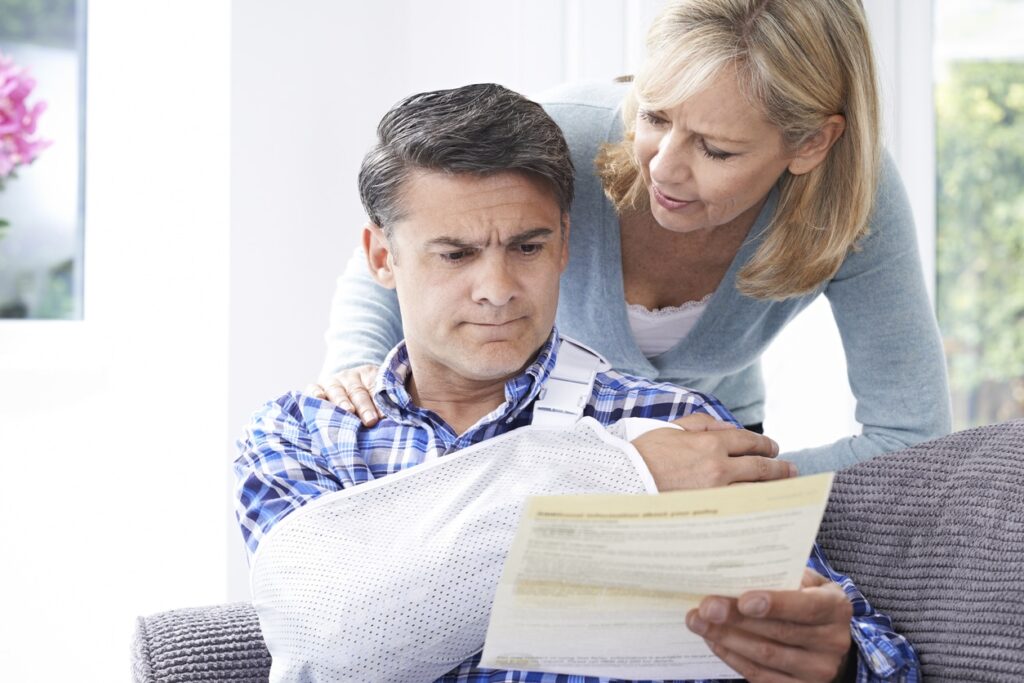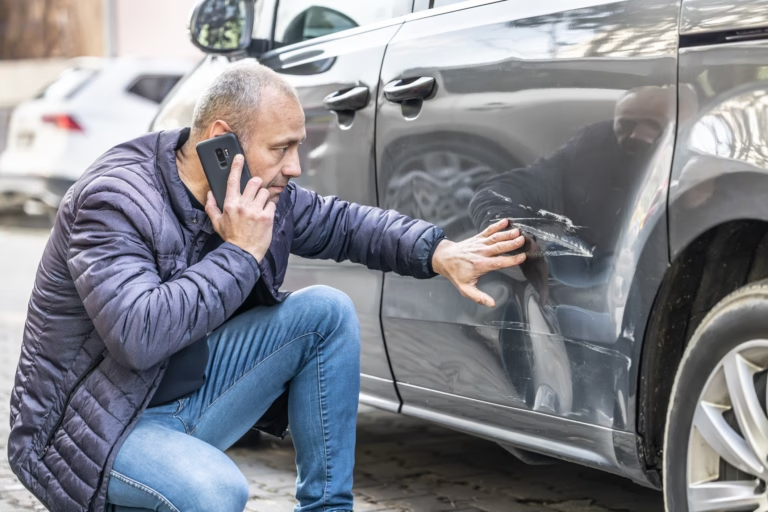Proving Liability For Personal Injury
A personal injury case is a serious matter that can significantly impact a person’s life. It can result in physical pain, emotional distress, lost wages, and a decreased quality of life. If you have been injured due to someone else’s negligence or wrongdoing, you may be able to file a personal injury law claim to seek compensation for your losses. However, to prove liability for personal injury, you need to follow certain steps.
- Document the Accident Scene
The first step in proving liability for personal injury is to document the accident scene. If possible, take pictures and videos of the scene, including any property damage to vehicles or other forms of property, and any photos of the injured person to document the injuries that were sustained. Collect contact information from any witnesses and make sure to document their statements. This documentation can be critical in proving liability for the injury in a personal injury case.
- Seek Medical Treatment
Seek medical treatment as soon as possible after the accident, even if you are not experiencing any overt pain and suffering. Some injuries may not be immediately apparent but can cause long-term damage if left untreated. Keep copies of all medical expenses & records and receipts related to your treatment.
- Contact a Personal Injury Lawyer
Contact an experienced personal injury lawyer to help you navigate the legal process and if you need to file a personal injury lawsuit. An attorney who practices personal injury law can advise you on your legal rights and options, help you speak to your doctors about an emotional distress that was caused, help you gather evidence to support an injury claim, and negotiate with insurance companies and other parties involved. The personal injury lawyer team at Lawyers for Justice, PC offers a free consultation for personal injury cases.
- Establish Liability
Determining liability in a personal injury case involves identifying the party or parties responsible for the accident. This may include individuals, businesses, or government entities. A personal injury lawyer can help investigate the case and determine who has strict liability for your injuries.
- Prove Negligence
To prove liability for a personal injury lawsuit, you must show that the party responsible was negligent. Proving negligence is important. Negligence refers to a failure to exercise reasonable care that results in harm to another person. This is where a personal injury lawyer can come in handy. They can help gather evidence for personal injury cases to prove that the other party was negligent, such as eyewitness accounts, expert testimony, and other documentation.
- Prove Damages
To receive compensation for injury cases, the victim must prove the damages they suffered as a result of the accident. This may include medical bills, lost wages, emotional distress, and pain and suffering. Your attorney can help you calculate the damages and present them in court or to the insurance company.
Proving liability for sustained damages requires careful documentation, legal representation, and a thorough investigation of every case. If you have been injured due to someone else’s negligence, contact an experienced personal injury attorney to help you seek compensation for your losses.
Establishing Duty of Care In Personal Injury Claims
Duty of care is a legal obligation that requires individuals or entities to act reasonably to avoid causing harm to others. In personal injury claims, establishing duty of care is crucial to proving negligence, which is the legal basis for liability. If you have been injured due to the negligence of another person or entity, it is important to understand how duty of care is established in personal injury claims.
- Identifying the Defendant’s Relationship to the Plaintiff
The first step in establishing duty of care is identifying the defendant’s relationship to the plaintiff. In most personal injury claims, the defendant is the person or entity that caused the injury, while the plaintiff is the injured party. The relationship between the defendant and the plaintiff can vary depending on the circumstances of the case. For example, in a car accident, the defendant may be another driver or a vehicle manufacturer, while the plaintiff is the injured driver or passenger.
- Determining the Standard of Care
The standard of care refers to the level of care that a reasonable person or entity would exercise under similar circumstances. This standard varies depending on the type of case and the relationship between the defendant and the plaintiff. For example, a doctor has a higher standard of care than an office worker, as a reasonable doctor would have more knowledge and skill in treating patients.
- Demonstrating Breach of Duty
Once the standard of care has been established, the next step is to demonstrate that the defendant breached that duty. This means showing that the defendant failed to exercise reasonable care under the circumstances, and that this failure led to the plaintiff’s injury. In other words, the defendant’s actions or omissions were negligent and caused harm to the plaintiff.
- Proving Causation
Proving causation is the final step in establishing duty of care in personal injury claims. This means demonstrating that the defendant’s breach of duty was the direct cause of the plaintiff’s injury. To do this, the plaintiff must show that their injuries would not have occurred but for the defendant’s negligence.
In conclusion, establishing duty of care is a critical component of personal injury claims. It requires identifying the relationship between the defendant and the plaintiff, determining the standard of care, demonstrating breach of duty, and proving causation. If you have been injured due to the negligence of another person or entity, contact an experienced personal injury attorney to help you establish duty of care and seek compensation for your losses.
Accident vs. Negligence
An accident and negligence are two different concepts in the context of most personal injury claims. While an accident can result in injuries, not all accidents are caused by negligence, and not all negligence results in an accident. Understanding the distinction between the two is important when pursuing a personal injury claim.
An accident is an unplanned, unexpected event that results in harm to someone. It can be caused by a variety of factors, such as a natural disaster, a mechanical failure, or a mistake. An accident is often an unavoidable event that happens without anyone’s intention or fault. For example, slipping on a wet floor in a grocery store or being hit by a falling object are accidents that can result in injuries.
On the other hand, negligence involves a failure to take reasonable care, resulting in harm to someone. Negligence occurs when someone fails to act in a way that a reasonable person would have acted under the same circumstances. This failure to act reasonably is often due to a lack of attention or carelessness. Negligence can result in accidents, but not all accidents are the result of negligence. For example, a car accident caused by a driver who ran a red light is an accident that resulted from negligence and they would be responsible for the results of their negligent behavior.
To establish negligence in a personal injury claim, the plaintiff must prove that the defendant owed a duty of care, that the defendant breached that duty of care, that the breach caused the plaintiff’s injuries, and that the plaintiff suffered damages as a result. This can involve demonstrating that the defendant had a responsibility to act reasonably, that the defendant failed to meet that responsibility, and that the plaintiff’s injuries were a direct result of that failure.
In conclusion, an accident and negligence are not the same thing. If you have been injured due to someone else’s negligence, it is important to understand the difference between an accident and negligence and to seek the advice of a personal injury attorney to pursue compensation for your losses. Call Lawyers for Justice, PC today for a free consultation.
Last Updated on May 9, 2025



